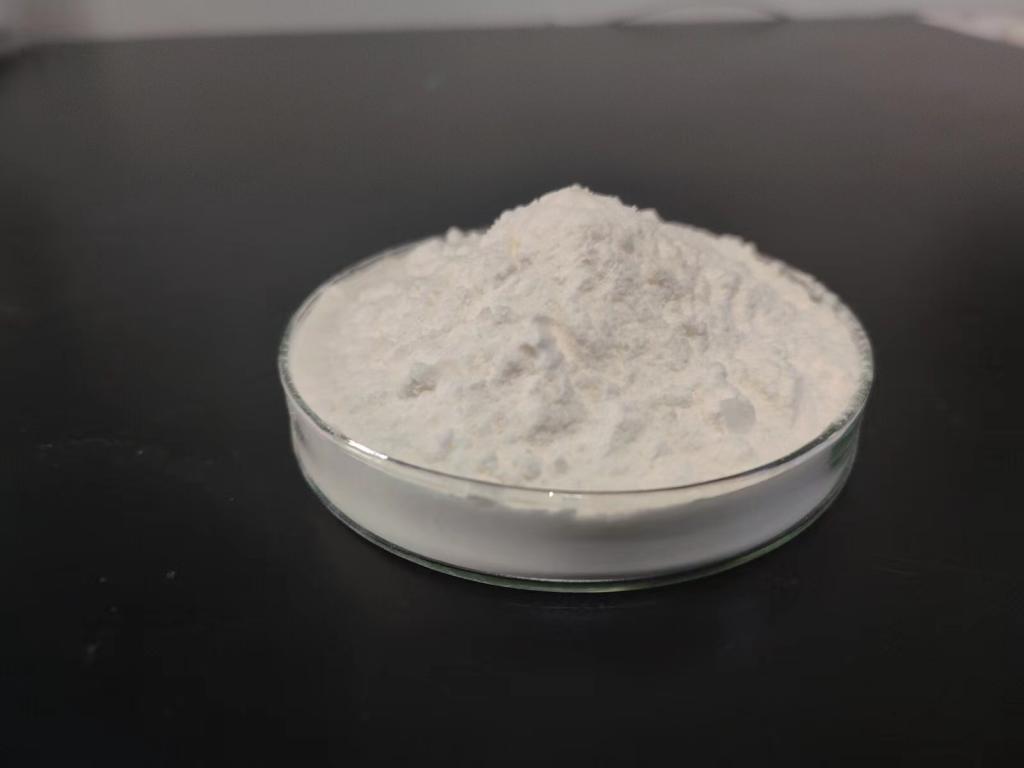Tel:+8618231198596

News
 CONTACT
CONTACT
 CONTACT
CONTACT
- Linkman:Linda Yao
- Tel: +8618231198596
- Email:linda.yao@dcpharma.cn
- Linkman:CHARLES.WANG
- Department:Overseas
- Tel: 0086 0311-85537378 0086 0311-85539701
News
Functional Foods Unveiled: ε-Polylysine Hydrochloride as a Frontier in Health-Conscious Products
TIME:2023-12-08
Understanding ε-Polylysine Hydrochloride: Origins and Mechanisms
ε-Polylysine is a naturally occurring homopolymer of the amino acid lysine, and its hydrochloride salt form is the focus of this exploration. It is produced by certain strains of bacteria, notably Streptomyces albulus. The unique structure of ε-Polylysine Hydrochloride grants it remarkable antimicrobial properties and makes it an ideal candidate for various applications in the food and health industries.
The primary mechanism of action lies in its ability to disrupt microbial cell membranes. ε-Polylysine Hydrochloride interacts with the lipid bilayer of bacterial cells, leading to membrane permeabilization and subsequent cell death. This selective antimicrobial action against a wide range of bacteria and fungi without harming mammalian cells has positioned ε-Polylysine Hydrochloride as a safe and effective compound.
Applications in Food Preservation: Extending Shelf Life Naturally
One of the most significant contributions of ε-Polylysine Hydrochloride is in the realm of food preservation. Its antimicrobial properties make it a potent natural preservative that can inhibit the growth of spoilage and pathogenic microorganisms in various food products. From fresh produce to processed foods, ε-Polylysine Hydrochloride has proven effective in extending shelf life while maintaining the nutritional quality and sensory attributes of the products.
Fresh Produce Preservation:
In the context of fresh produce, ε-Polylysine Hydrochloride has shown promise in inhibiting the growth of bacteria and molds that contribute to spoilage. Its application in fruit and vegetable coatings or wash solutions provides an additional layer of protection, reducing the need for synthetic preservatives and enhancing the overall safety of fresh produce.
Meat and Poultry:
In meat and poultry products, where the risk of bacterial contamination is significant, ε-Polylysine Hydrochloride offers a natural solution. Its incorporation into marinades, coatings, or packaging materials helps to control the growth of spoilage and pathogenic bacteria, contributing to both safety and the extension of product shelf life.
Processed Foods:
The processed food industry has embraced ε-Polylysine Hydrochloride as a natural preservative to maintain the quality and safety of a wide range of products. From sauces and dressings to canned goods and ready-to-eat meals, ε-Polylysine Hydrochloride's antimicrobial efficacy allows for the reduction of synthetic preservatives while ensuring that products remain safe and flavorful for an extended period.
Health Benefits Beyond Preservation: A Functional Food Perspective
Beyond its role as a preservative, ε-Polylysine Hydrochloride brings unique health benefits, positioning it as an ingredient in the development of functional foods. These products not only serve as a source of nutrition but also actively contribute to the overall well-being of consumers.
Gut Health and Probiotic Stability:
Research suggests that ε-Polylysine Hydrochloride may play a role in promoting gut health by inhibiting the growth of harmful bacteria in the gastrointestinal tract. Additionally, its antimicrobial properties can be harnessed to enhance the stability of probiotics in functional foods, ensuring that beneficial bacteria reach the intestines in sufficient quantities to exert their positive effects.
Blood Pressure Regulation:
Some studies have explored the potential of ε-Polylysine Hydrochloride in blood pressure regulation. Lysine, one of its constituent amino acids, has been associated with blood pressure control, and ongoing research aims to elucidate the specific mechanisms through which ε-Polylysine Hydrochloride may exert this beneficial effect.
Anti-Inflammatory Properties:
Preliminary studies suggest that ε-Polylysine Hydrochloride may possess anti-inflammatory properties. This opens avenues for its inclusion in functional foods designed to address chronic inflammatory conditions, providing an alternative or complementary approach to conventional treatments.
Challenges and Innovations: Navigating the Functional Foods Frontier
While ε-Polylysine Hydrochloride holds great promise, challenges exist in fully unlocking its potential in functional foods. Researchers and food technologists are actively exploring innovative approaches to address these challenges and optimize the incorporation of ε-Polylysine Hydrochloride in various products.
Microencapsulation Technologies:
Microencapsulation technologies offer a potential solution to enhance the stability and controlled release of ε-Polylysine Hydrochloride in functional foods. By encapsulating the compound within protective matrices, researchers can overcome challenges related to interactions with other ingredients, pH variations, and degradation during processing and storage.
Synergistic Formulations:
Synergistic approaches involving the combination of ε-Polylysine Hydrochloride with other bioactive compounds are being explored. This not only enhances the overall functional benefits but also allows for the reduction of the required dosage of ε-Polylysine Hydrochloride, minimizing any potential impact on the organoleptic properties of the food.
Regulatory Landscape: Ensuring Safety and Compliance
The incorporation of ε-Polylysine Hydrochloride into functional foods requires adherence to regulatory standards to ensure consumer safety and confidence. Regulatory bodies, such as the U.S. Food and Drug Administration (FDA) and the European Food Safety Authority (EFSA), play a crucial role in evaluating the safety and compliance of ε-Polylysine Hydrochloride in various food categories.
Future Prospects: ε-Polylysine Hydrochloride in the Evolving Functional Foods Market
As the functional foods market continues to grow, driven by increasing consumer awareness of health and wellness, the future prospects of ε-Polylysine Hydrochloride appear promising. Its versatility, both as a natural preservative and a bioactive compound with potential health benefits, positions it as a valuable ingredient in the development of innovative and health-conscious food products.
Conclusion: ε-Polylysine Hydrochloride - A Frontier Explored
In conclusion, ε-Polylysine Hydrochloride stands at the frontier of functional foods, offering a dual role as a natural preservative and a bioactive compound with potential health benefits. From preserving the freshness of foods to contributing to gut health and beyond, ε-Polylysine Hydrochloride has showcased its versatility in diverse applications. As research and innovation continue to unravel its full potential, ε-Polylysine Hydrochloride is poised to play a transformative role in shaping the future of health-conscious and functional food products.
- Tel:+8618231198596
- Whatsapp:18231198596
- Chat With Skype







